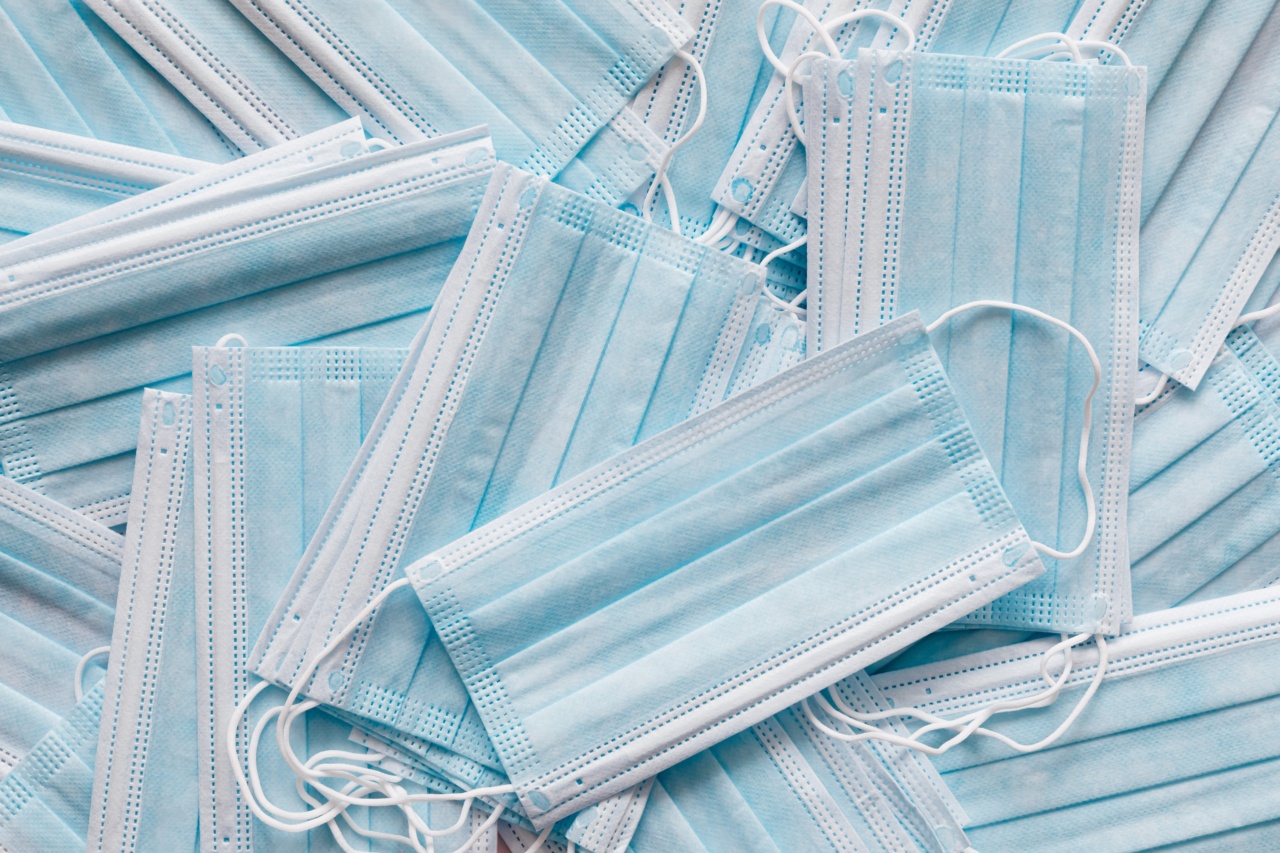Protecting your baby’s delicate skin from the harmful rays of the sun is crucial. Sunscreen plays a vital role in safeguarding your little one’s skin from sunburn and long-term damage.
However, choosing the right sunscreen for your baby requires careful consideration. Here are the top things to keep in mind when selecting and using baby sunscreen:.
1. Look for a Broad-Spectrum Sunscreen
When buying sunscreen for your baby, always opt for a broad-spectrum sunscreen. This type of sunscreen protects against both UVA and UVB rays.
UVA rays can penetrate the deeper layers of the skin and cause premature aging, while UVB rays are responsible for sunburn. Both types can contribute to the development of skin cancer.
2. Choose a High Sun Protection Factor (SPF)
The Sun Protection Factor (SPF) indicates the level of protection a sunscreen provides against UVB rays. For babies, it is recommended to use a sunscreen with an SPF of at least 30. This provides a high level of protection and reduces the risk of sunburn.
Keep in mind that higher SPF values do not necessarily mean significantly better protection.
3. Check for Baby-Friendly Ingredients
Babies have delicate and sensitive skin, so it’s essential to choose a sunscreen that is gentle and free from harsh chemicals.
Look for sunscreens that are specifically formulated for babies and avoid those containing oxybenzone, PABA, or fragrances, as these ingredients can cause irritation or allergic reactions.
4. Opt for Mineral-Based Sunscreens
Mineral-based sunscreens, also known as physical or mineral sunscreens, are considered safer for babies.
These sunscreens contain minerals such as zinc oxide or titanium dioxide, which sit on top of the skin and act as a physical barrier against the sun’s rays. They are less likely to irritate the skin and provide effective broad-spectrum protection.
5. Apply Sunscreen 30 Minutes Before Sun Exposure
Always apply sunscreen to your baby’s skin at least 30 minutes before heading outdoors. This waiting period allows the sunscreen to form a protective layer and ensures it is fully absorbed by the skin.
Remember to reapply sunscreen every two hours, or more frequently if your baby is sweating or playing in water.
6. Cover Exposed Areas with Protective Clothing
In addition to sunscreen, it is important to dress your baby in protective clothing. Cover their skin with lightweight, breathable clothing that offers UPF (Ultraviolet Protection Factor).
UPF clothing provides an extra layer of defense against harmful sun rays, especially for areas that are challenging to apply sunscreen, such as the scalp and eyes.
7. Protect Your Baby’s Eyes and Head
Don’t forget to shield your baby’s eyes and head from the sun. Opt for a wide-brimmed hat that shades their face, ears, and neck. Look for sunglasses specially designed for babies to protect their delicate eyes from UV rays.
Ensure the sunglasses provide 100% UVA and UVB protection.
8. Avoid Sun exposure during Peak Hours
Try to plan outdoor activities for your baby before 10 a.m. or after 4 p.m. during peak sun hours. The sun’s rays are strongest between these hours, increasing the risk of sunburn.
Staying in shaded areas or using sun umbrellas can also provide added protection.
9. Be Mindful of Your Baby’s Age
It is recommended to avoid using sunscreen on infants younger than six months unless advised by a healthcare professional.
For babies within this age range, it’s best to rely on protective clothing, shade, and timing outdoor activities appropriately. Once your baby reaches six months, you can start gradually introducing sunscreen into their routine.
10. Store Sunscreen Properly
Proper storage of sunscreen is crucial to ensure its effectiveness. Keep the sunscreen in a cool, dry place, away from direct sunlight. Extreme temperatures can degrade the sunscreen’s active ingredients, reducing its protective abilities.
Check the expiration date before using and discard any expired sunscreen.



























